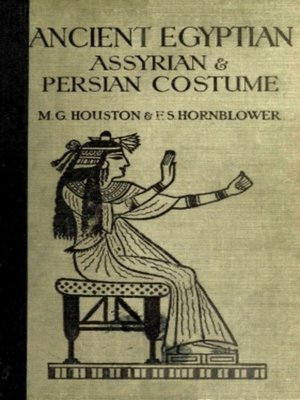
Sign up to save your library
With an OverDrive account, you can save your favorite libraries for at-a-glance information about availability. Find out more about OverDrive accounts.
Find this title in Libby, the library reading app by OverDrive.



Search for a digital library with this title
Title found at these libraries:
| Library Name | Distance |
|---|---|
| Loading... |
If this work is to be kept within its limitations, it is naturally impossible to give a complete survey of all the varieties of the various styles. To get this knowledge it will be necessary to consult the works of reference, of which lists are given in each section. On the other hand, the special aspect of the work is more fully treated than in any other accessible book upon the subject. Every illustration of costume given has been actually cut out and made up before being sketched, except in a few cases which are of the nature of duplicates, so that by following the directions given it will be easy for anyone to reproduce them in material. Where decoration is required, the exact drawing and colouring of the various styles of Historic Ornament, which are the work of F. S. Hornblower (who has also coloured the costumes where necessary), will enable such details to be appropriately applied. Throughout the book, the illustrations are given by means of facsimiles of drawings by artists of the various centuries, so that a historic survey of the History of Figure Drawing will be included. Where the drawings of primitive artists do not clearly express the ideas intended to be conveyed, a modern drawing{vi} of the garment on a dress-stand will be used for explanation of the measured drawings of the cut-out garments. The growing appreciation of the beauty and value of the earlier and more primitive systems of cutting shown in modern dress designing for the last decade, when the so-called Magyar blouse (really the simple tunic common to all primitive folk) began to be popular, will make the present volume a convenient form of inspiration for designers; also, where more exact reproduction is needed, as in theatrical work, pageantry, and so forth, the careful working out of the details of cut and decoration will expedite production and save hours of fruitless searching in reference libraries.







